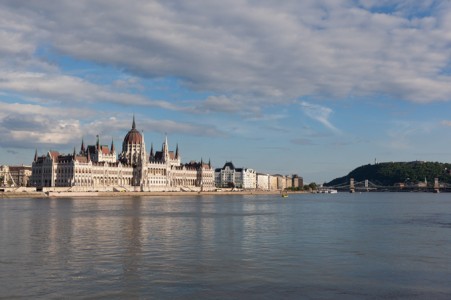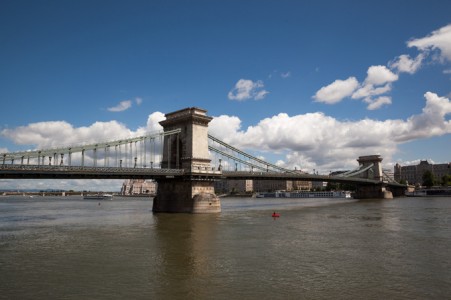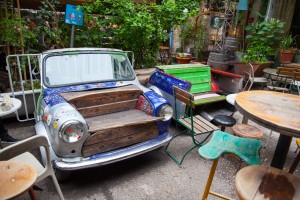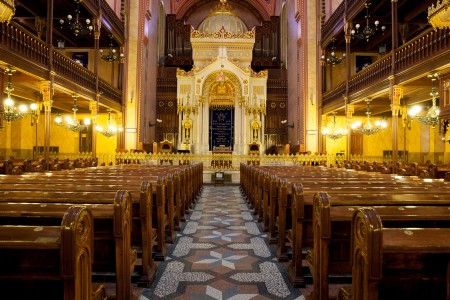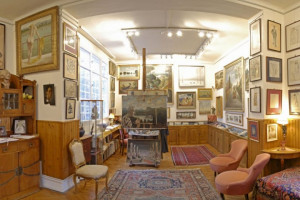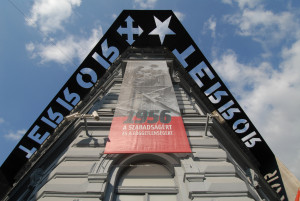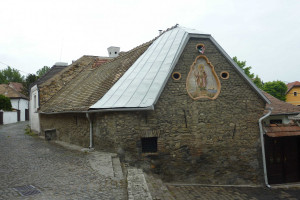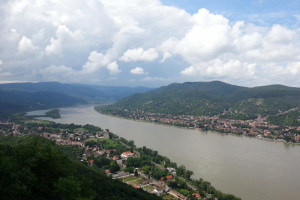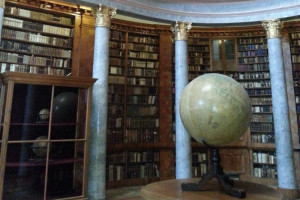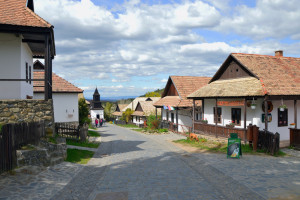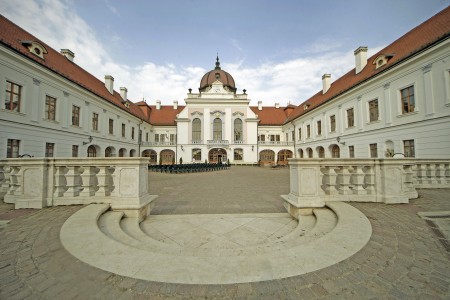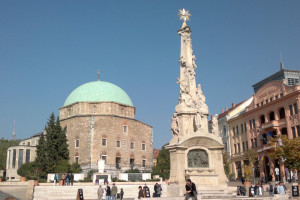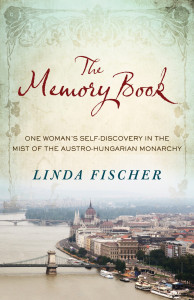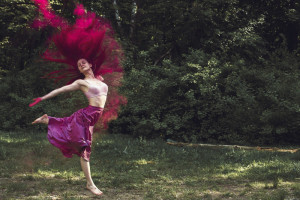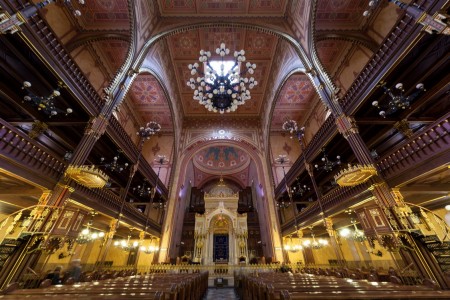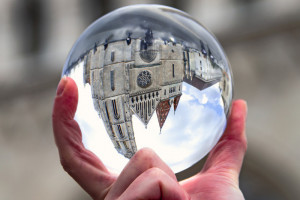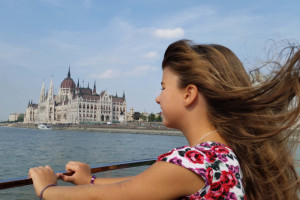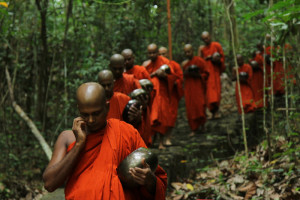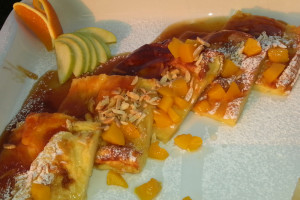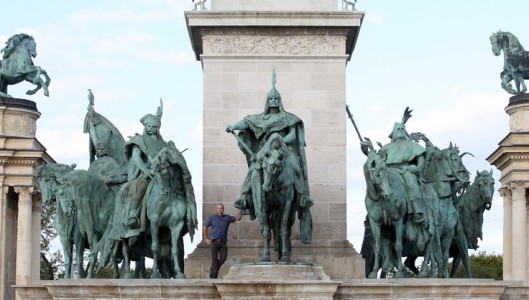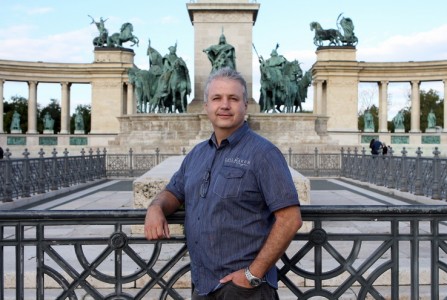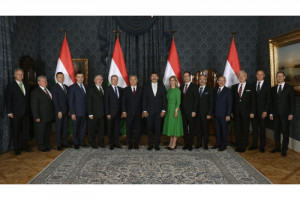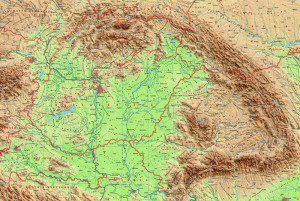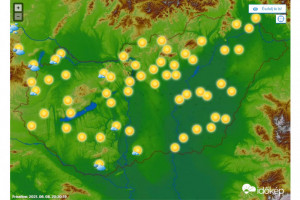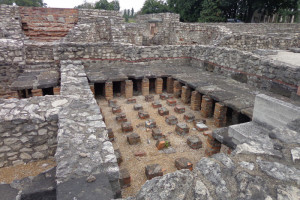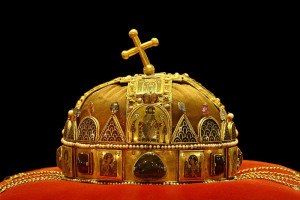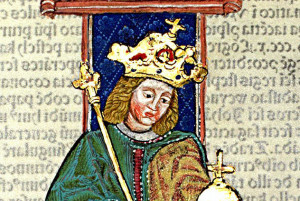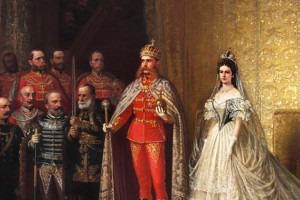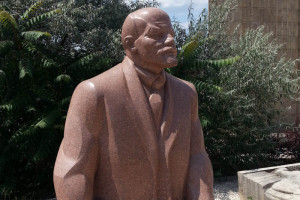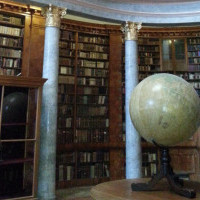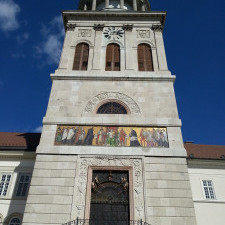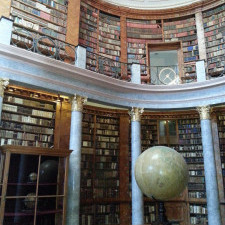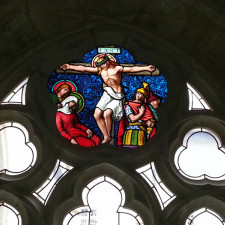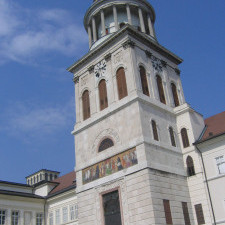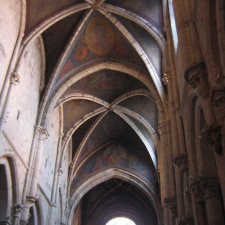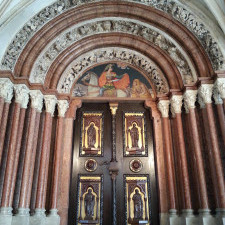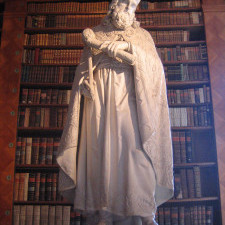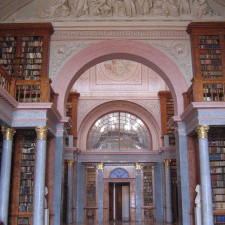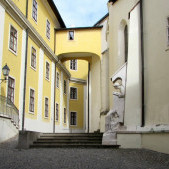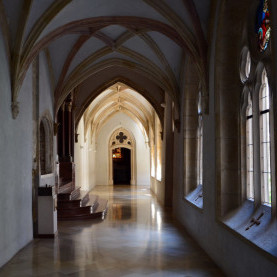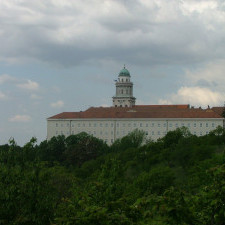Pannonhalma World Heritage
ZoOm Hungary
The monastery of the Benedictine Order at Pannonhalma, founded in 996 and gently dominating the Pannonian landscape in western Hungary, had a major role in the diffusion of Christianity in medieval Central Europe. The Archabbey of Pannonhalma and its environment was inscribed as a World Heritage Site in 1996.
Pannonhalma Monastery
The monastic complex, the Basilica, the educational buildings, the Chapel of Our Lady, the Millennium Chapel, the botanical and herbal gardens outstandingly exemplify the characteristic location, landscape connections, original structure, design and a thousand year history of a Benedictine monastery. The community of monks still functions today on the basis of the Rule of St. Benedict, and sustains with a unique continuity one of the living centres of European culture. A day tour to the Monastery complex includes the visit in the Abbey, the Library, the Botanical Garden and the famous and excellent Winery of the monks'. The fine dining panorama restaurant Viator is among the best restaurants of the Hungarian country-side, a place not to miss. The visit in the monastery can include a personal meeting with one of the monks as well.
The history of Pannonhalma:
Pannonhalma illustrates in an exceptional manner the structure and setting of an early Christian Monastery that has evolved over 1,000 years of continuous use. Its location and the early date of its foundation bear exceptional witness to the propagation and continuity of Christianity in Eastern Europe.
When the monastery was created the area was occupied by Bavarian and Slav farmers, who came here in the wake of Charlemagne's armies. Benedictine monks came in 996 from Italy and the Bohemian and German lands to this sacred mountain in the former Roman province of Pannonia. They came to the aid of Prince Geza and his son Stephen I, the first king of Hungary, in their efforts to humanize the Hungarians, who were terrorizing the settled peoples of Europe and sacking the towns and monasteries of northern Italy, Bavaria, and Franconia. The Benedictine monastery set up here as the eastern bridgehead of medieval European culture retained that role for 1,000 years, with only brief interruptions. It exercised an important cultural and juridical role in Hungary, and its abbots played a leading role in public life.
The first monastery is known only from records, as it was burned down at the beginning of the 12th century. Reconstruction took place slowly, until Uros became Abbot (1207-43). In 1472 the king took over the monastery and undertook an extensive renovation. The present cloister and other buildings with a religious function were built, and the monastery was fortified. However, monastic life became difficult; the monastery was badly damaged by fire and largely abandoned in 1575, to be occupied by the Turks in 1594. The Community returned in 1638, and the Baroque elements of the monastery, such as the refectory, were added. The 'Enlightenment' of the 18th century had its impact on the monastic communities, which were judged according to their contribution to the state. The order was re-established in 1802. In most cases the monks moved out into houses in neighbouring towns and the monastic buildings were turned over to education, but at Pannonhalma monastic life continued, with the school being incorporated into the monastery itself.
The area consists of the main group of monastic buildings, the Calvary and Chapel of Our Lady, the Millenary Monument, and the lands surrounding them. The present church, of 1224, is the third on the site; it contains remains of its predecessors. The elevated three-aisled choir, the oldest part of the building, overlies a three-aisled crypt, part of the earlier church. The nave aisle is formed of richly decorated columns, supporting sexpartite vaulting; the roof of the choir is decorated with stars, of late 15th-century work. The chapels and the baptistry, with its Renaissance door and window frames, date from the same period. This door gives access to the cloister, a typical square late Gothic ensemble built in 1486. The building contains a series of mural paintings by Antonio Fossati. The main Monastery consist of a group of buildings dating from the 13th-15th centuries that were originally single-storey but raised to two storeys in 1912, erected in part over the medieval cloister.
Pannonhalma Monastery
The Chapel of Our Lady, building of which began in 1714, is situated at the top of the southern hill. The nave is barrel-vaulted, and is joined to the Sanctuary by a large triumphal arch. Its original Baroque interior was restored in Romantic Style in 1865. The Millenary Monument is one of seven erected to commemorate the 1,000th anniversary of the conquest of Hungary in 896. It is located at the crest of the central hill, where it replaced the Calvary that is now located in front of the Chapel of our Lady. It consists of a single block, constructed in brick and limestone. The stone portico is formed of a tympanum bearing a symbolic relief, supported on two pairs of iconic columns.
The principal elements of the area around the monastic complex are the forest and the botanical garden. The forest, on the eastern slopes of the Pannonhalma landscape, is largely the traditional oak forest of this region. The flora of the botanical garden is composed of two groups: half forest trees and plants, of mixed age, and half hedgerow and park species, both native and exotic. Both the forest and the botanic garden are seen as illustrating the landscape value of the region as a whole and also to set off the aesthetic values of the man-made element represented by the buildings of the monastery.
A new library was added at the beginning of the 19th century, and there was a major reconstruction of the cloister and church in 1868-76. A secondary school and students' house were added in 1939-41, the gift of the Italian government of the period. At the present time there are 360 secondary students, taught by eleven Benedictine monks assisted by some thirty lay teachers. There are in all 68 monks at Pannonhalma, where ether activities include a theological academy and an institution for old people.
